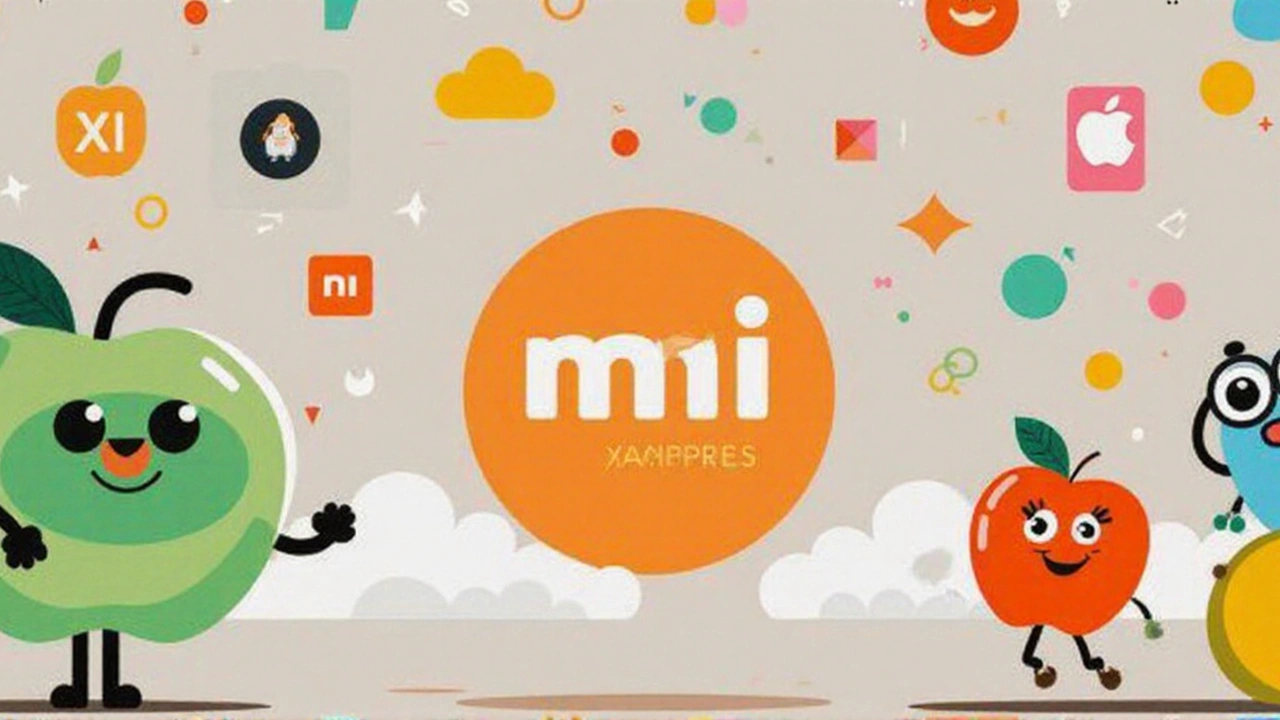Xiaomi vs iPhone: Why Their Rivalry Matters to You
If you’ve been scrolling through tech news lately, you’ve probably seen the constant back‑and‑forth between Xiaomi and Apple’s iPhone. It isn’t just hype – it’s a real competition that decides where you’ll spend your next hundred bucks. Let’s break down what makes this clash so interesting and how it affects your next phone purchase.
Price vs. Premium: The Core of the Battle
Xiaomi built its reputation on offering high‑end features at budget‑friendly prices. A flagship like the Xiaomi 13 Pro can cost a fraction of the latest iPhone, yet still pack a top‑tier camera, fast charger, and a sleek design. Apple, on the other hand, leans into a premium image, charging more for the brand cache, ecosystem integration, and long‑term software support. For many shoppers, the question boils down to: do I want a phone that feels expensive without the price tag, or am I willing to pay extra for the Apple experience?
Hardware Showdown: Specs that Speak for Themselves
When you compare the hardware, both camps bring strong cards. Xiaomi’s recent models use Snapdragon 8 Gen 2 chips, offer 120 Hz OLED displays, and push 200‑megapixel sensors, narrowing the gap with iPhone’s A16 Bionic chip and ProMotion screens. Battery life is another hot topic – Xiaomi often includes larger cells and faster wired/wireless charging, while Apple focuses on ecosystem‑optimized efficiency that can stretch a day on a smaller battery. The result? Your choice may hinge on whether you prioritize raw power, camera versatility, or battery endurance.
The software side keeps the rivalry lively. Android on Xiaomi is heavily customized with MIUI, giving you extra gestures, themes, and deeper file access. iOS, meanwhile, offers seamless syncing with Macs, iPads, and Apple Watch, plus a reputation for smooth updates for years. If you already own other Apple devices, iPhone’s continuity features are a huge draw. If you love tweaking settings and using third‑party launchers, Xiaomi’s Android flexibility wins points.
Another practical factor is after‑sales support. Apple’s Genius Bars and global warranty network provide a consistent experience, while Xiaomi’s service varies by region, sometimes relying on third‑party partners. That can affect repair speed and costs, especially if you’re outside major Asian markets.
Let’s talk camera performance – a deciding factor for many. Xiaomi’s partnership with Leica gives its phones a distinct color science and impressive low‑light capabilities. iPhone’s sensor‑shift stabilization and Apple’s computational photography still produce reliable, true‑to‑life shots that many professionals trust. Your personal style—whether you prefer vibrant, contrast‑rich images or natural tones—will guide you toward one brand or the other.
Security is also worth noting. Apple’s closed ecosystem, Face ID, and regular patches make it a top choice for privacy‑concerned users. Xiaomi has improved its security suite, adding regular updates and stronger encryption, but the open nature of Android still leaves more room for vulnerabilities.
From a resale perspective, iPhones often hold value longer than Xiaomi phones. If you plan to upgrade every two years, an iPhone might fetch a better price on the second‑hand market. Xiaomi’s rapid release cycle can depress resale values, though the lower upfront cost may balance that out.
So, which side of the rivalry should you join? If you want a flagship feel without the premium price, love customizing your phone, and are okay with varying service quality, Xiaomi is a solid pick. If you value a cohesive ecosystem, long‑term software support, and premium resale value, the iPhone still leads.
Bottom line: the Xiaomi iPhone rivalry isn’t a zero‑sum game. Both brands push each other to innovate faster, meaning you, the consumer, get better phones, better prices, and more choices. Keep an eye on upcoming releases – the next battle could tilt the scales in a surprising direction.
Xiaomi Takes on iPhone with Faster Charging, Lower Prices and Stronger Benchmarks
Xiaomi is openly pitting its flagship phones against Apple’s iPhone lineup, promising sharper cameras, longer battery life and 100W fast charging at a fraction of the cost. The Xiaomi 15 undercuts the iPhone 16 by about 30% while delivering a two‑day battery. Upcoming Xiaomi 17 models claim Geekbench scores that beat the iPhone 17 Pro, plus new features like a Magic Back Screen. Analysts see this as a direct China‑US tech clash, with Xiaomi betting on hardware value over ecosystem lock‑in.

